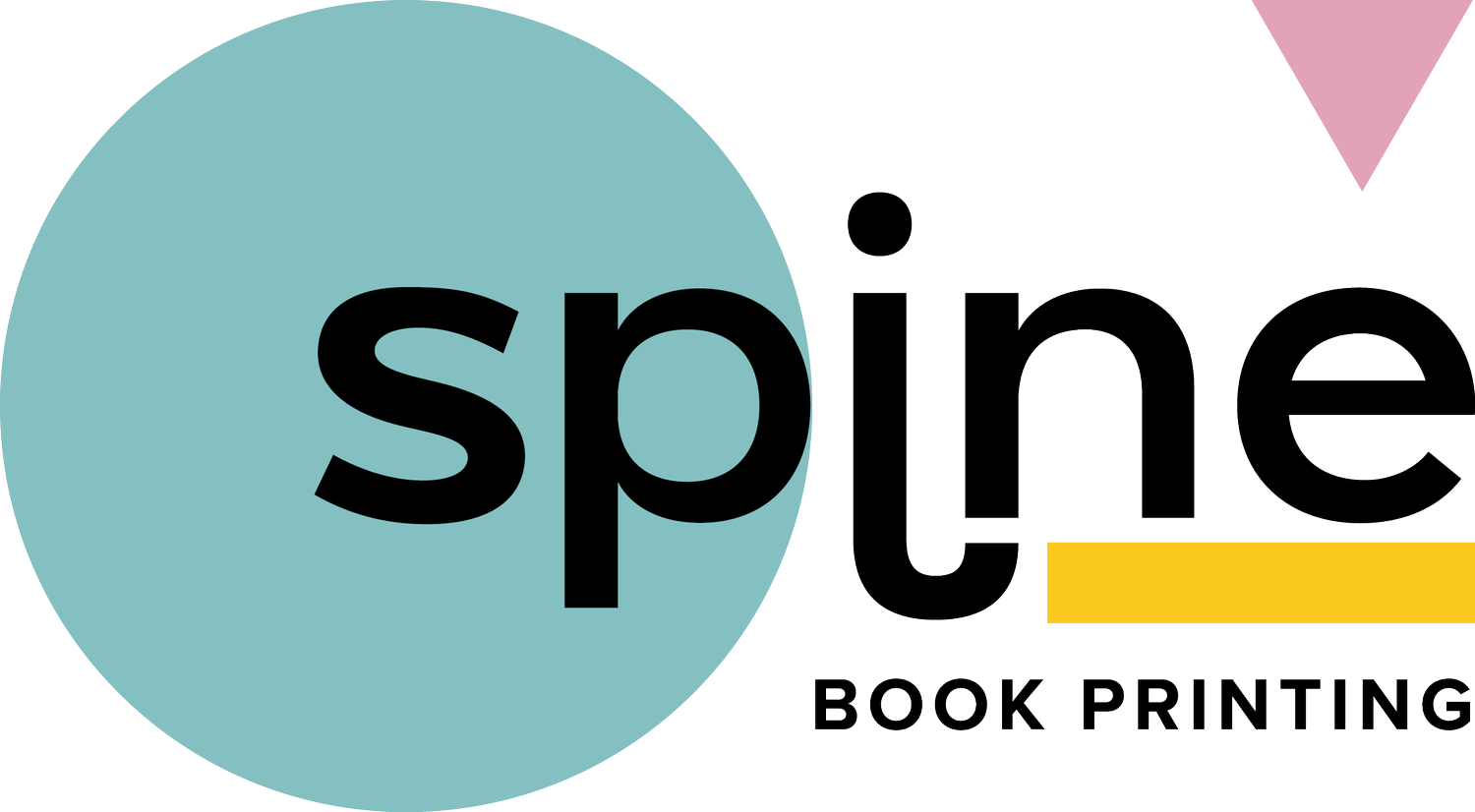Poor Print Quality: Identifying and Addressing Issues
Print quality can make or break a reading experience, transforming a manuscript from a collection of pages into a coveted possession. Whether it's a novel, a magazine, or educational material, high print quality connects the reader with the content effectively. When it’s poor, however, the connection is severed. Imagine flipping through the pages of a new book, only to find that the ink is smudged or the text isn’t aligned properly. These issues can lead to a frustrating experience for the reader, potentially impacting reviews and sales negatively. Such problems serve as a reminder of why maintaining print quality is pivotal for authors and publishers alike.
Poor print quality does not only detract from the reader's experience but also affects the book's marketability. When a book doesn't meet reader expectations, it can suffer from reduced demand, leading to decreased sales and damaged reputations. As publications continue to evolve, understanding and addressing these issues become integral to the success of any published work.
Common Print Quality Issues
Print imperfections can manifest in various ways that impact the aesthetic and functionality of a book. Here are some common issues that can arise:
- Smudged Ink: Ink that hasn’t set correctly leads to blurriness, affecting readability.
- Misaligned Text: When text isn't printed straight, it makes reading uncomfortable.
- Poor Paper Quality: Thin or low-grade paper can rip easily and fail to present colours accurately.
These problems not only affect how the book feels in the hands but also how much readers enjoy the story. When text isn’t clear or pages seem fragile, it casts doubt on the quality of the content, no matter how well-written it might be. The perception of a publication starts with its physical presentation, making the quality of the print a crucial element that cannot be overlooked. Securing high-quality printing involves understanding these pitfalls and ensuring proactive measures are in place to prevent them.
Identifying Print Quality Problems
Spotting print issues early can save a publishing project from headaches and hiccups down the line. Before a book hits the shelves, undergoing quality checks ensures that every page looks its best. Here are some steps to help identify problems:
- Review Test Prints: This is your first line of defence. Print a few test pages to see how the text and images appear.
- Check Sample Copies: Have a couple of complete mock-ups produced. Flip through them as a reader would to catch any misalignments or smudges.
- Examine Colour Consistency: Colours should remain consistent across all pages; any variation can ruin images or design elements.
Carrying out these checks will help identify and remedy any issues before full production begins. It's a safety net designed to catch errors that might slip through.
Addressing Print Quality Issues
If you find problems during your checks, it’s time to take action to ensure your book is printed perfectly. Solutions vary depending on the issue:
1. Upgrade Printing Equipment: Sometimes errors arise from outdated or malfunctioning equipment. Upgrading to newer models can resolve persistent issues.
2. Choose Quality Materials: Opting for higher-quality paper and inks often solves problems with smudging and fragility. Better materials improve overall print clarity and appearance.
3. Work with Professional Services: Engaging specialists who offer high-quality printing services ensures a level of expertise and attention to detail that can’t be matched.
These steps lay the groundwork for successful print runs, providing readers with books they'll love to hold.
Ensuring Consistent Print Quality
After resolving any initial problems, maintaining consistent quality across all copies is key. This consistency builds trust with readers and sets expectations for future publications.
- Regular Assessments: Schedule routine checks during print runs to ensure standards remain high. This helps spot issues before they affect a large batch.
- Stay Updated: Printing technology evolves quickly. Keep abreast of advancements to maintain an edge in print quality.
- Feedback Loop: Collect feedback from readers and colleagues about the book’s physical qualities to make any necessary improvements in future editions.
By making these practices part of your workflow, the likelihood of print problems is significantly reduced, resulting in satisfied readers who appreciate the quality of the work.
Making Your Book Stand Out on the Shelves
Beautiful, high-quality printing not only captivates readers but also makes a book an appealing addition to personal libraries. A well-printed book conveys professionalism and care, inviting readers to delve into its content. By investing in strong print quality, authors and publishers ensure that their books not only compete but excel in today's creative landscape. Great printing captures attention and opens the door to a wider audience, fostering positive reviews and increasing demand. The tangible quality provides reassurance that the words and stories held within are of equal worth.
Delivering exceptional print quality is key to ensuring your book stands out and delights every reader. Whether you're crafting the next great novel or a compelling paperback, understanding each aspect from material selection to final checks guarantees success. Explore the possibilities and elevate your work by discovering more about printing paperback books with Spine Book Printing. Let us help you bring your vision to life with high-quality prints that reflect the effort you put into your creations.

